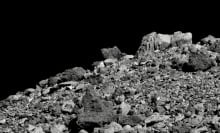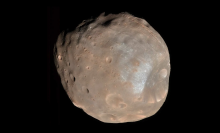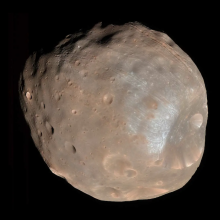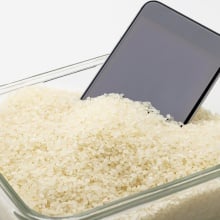NASA is headed to Jupiter's fascinating moon Europa this year. Scientists suspect a deep ocean sloshes beneath the icy world's crust.
The looming mission, called Europa Clipper, will launch in October, sending a spacecraft the length of a basketball court to make around 50 flybys by the distant Jovian moon, assessing whether it could harbor conditions suitable for life. It won't, however, land on the ice crust.
Yet the space agency is already preparing an ambitious follow-up mission, aptly named Europa Lander, that will touch down on the moon's surface and dig or drill into the ice. "In this mission concept, a spacecraft would land on Europa and collect and study samples from about 4 inches (10 centimeters) beneath the surface, looking for signs of life," NASA explains.
The agency recently released images of the mission's unique landing gear, whose legs can absorb a heavy spacecraft's landing. Taken together, the lander's metal appendages make the craft look spider-like. Engineers are preparing to test these legs on a platform that will mimic a landing on Europa.
Below, you can see NASA staff working on this critical landing gear at the agency's Jet Propulsion Laboratory — the same lab that designed and built missions like the Jupiter-orbiting Juno probe, the legendary Voyager spacecraft, and the Mars Perseverance rover.



The craft will need a robust landing system. It will carry instruments that will dig some four inches into Europa's ice. "This is a depth at which the complex chemistry of materials from the ocean below would be protected from the damaging radiation that exists in space around Jupiter," NASA explained. It will also have a "miniature laboratory" aboard, which will look for signs of life, among other instruments.
For now, the Europa Lander technically remains just a "proposal." But engineers are preparing for its reality. First, though, the Europa Clipper will scour the intriguing Europan surface. After traveling hundreds of millions of miles away, the orbiting probe will arrive at the icy destination in 2030.
Topics NASA



























